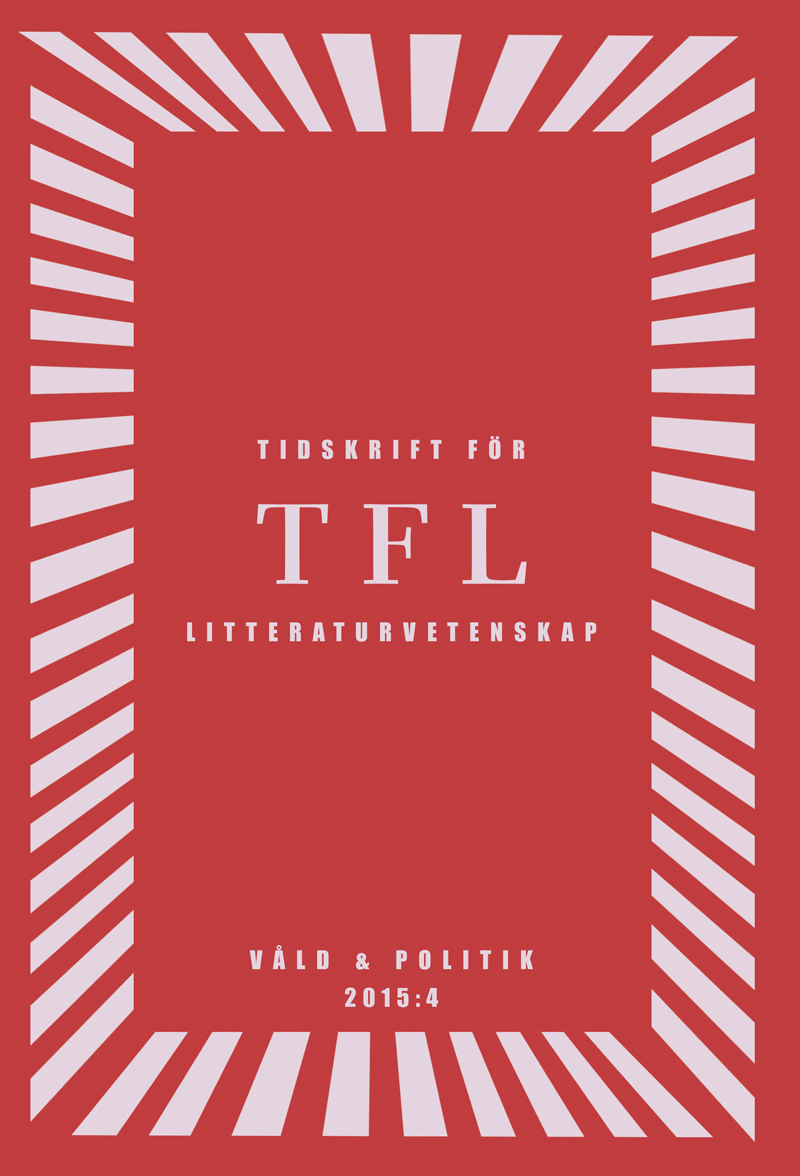Litteraturens mest mänskliga fågel
Samuel Beckett och papegojorna
DOI:
https://doi.org/10.54797/tfl.v45i4.8938Nyckelord:
Samuel Beckett, parrots, intertextuality, language, repetition, Lucky, quaquaAbstract
Literature’s Most Human Bird: Beckett and His Parrots.
Perhaps more so than any other animal, the parrot has achieved a unique status as a cultural symbol and cliché in Western literature. Ever since its first introduction in Europe by Alexander the Great, the parrot’s ability to imitate human language has been a never-ending source of fascination for human society. In literature, the talking parrot has always evoked the question of what it means to be human, reminding us of the painful possibility that language and thought might be merely a product of mindless imitation, and thus of no greater value.
The parrot features as a significant presence in practically every work written by Samuel Beckett during his first thirty years as a writer. This article inscribes Beckett into a tradition of utilizing parrots as means of satire, in which the meaninglessness and mindlessness of everyday language and inveterate phrases are compared with the pure sound-imitations uttered by the bird.
The parrot may be studied as a motif more deeply integrated into the Beckett oeuvre than his complex web of quotes and references to the literary tradition and writers such as Gustave Flaubert and James Joyce. One can argue that the parrot embodies the Beckettian theme of repetition and difference, present at almost every level of his writing. In this article, this assertion is explored through an interpretation of Lucky’s monologue in En attendant Godot (1952), based on the principles of aural similarity and repetition gone wrong.
Nedladdningar
Downloads
Publicerad
Referera så här
Nummer
Sektion
Licens
Författaren/författarna behåller copyright till verket






